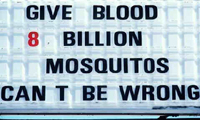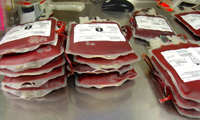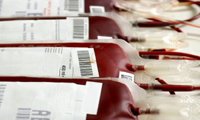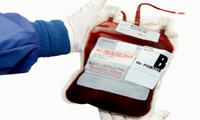Spherocytosis is a hereditary blood disorder. In this condition the red blood cells (RBCs) are abnormal in a spherical shape rather than the regular disc shape. The change in shape is due to a defect in one of the proteins that constitute tha outer surface of the red blood cell. As a result of the abnormal shape the RBCs are destroyed (haemolysis) at an accelerated pace inside the spleen which is the organ meant for blood filtering. The effect of accelerated destruction of the RBCs lead to complications. One, since there is inadequate haemoglobin to carry oxygen, it leads to anaemia. This can be mild with no symptoms of with severe anaemia called haemolytic anaemia. Two, the condition leads to a higher level of bilirubin in the blood which can lead to jaundice or/and lead to gallstones. Three, if there is a consequential failure of bone marrow, the patient can suffer from heart failure. However hereditary spherocytosis is generally a mild disease which does not cause many complications.
In severe cases the disorder may be detected in early childhood, or in mild cases it may go unnoticed until later in adult life. The symptoms of the condition include stomach pain, paleness or yellow color of the skin or eyes, lack of energy, lack of appetite, fever, vomiting and dark coloured urineless.
The condition is generally found in northern Europe. The condition can occur from infancy to old age. Spherocytosis can be passed from parents to their offspring. A child has 25% to 50% chance of inheriting the condition from its parent having this condition.
Families with a history of spherocytosis should have their offspring screened for this disorder. The doctor may prescribe medication, folic acid supplements and if there is an enlarged spleen, surgery may be necessary to remove the spleen. However removal of spleen is not done in children unless essential.
In severe cases the disorder may be detected in early childhood, or in mild cases it may go unnoticed until later in adult life. The symptoms of the condition include stomach pain, paleness or yellow color of the skin or eyes, lack of energy, lack of appetite, fever, vomiting and dark coloured urineless.
The condition is generally found in northern Europe. The condition can occur from infancy to old age. Spherocytosis can be passed from parents to their offspring. A child has 25% to 50% chance of inheriting the condition from its parent having this condition.
Families with a history of spherocytosis should have their offspring screened for this disorder. The doctor may prescribe medication, folic acid supplements and if there is an enlarged spleen, surgery may be necessary to remove the spleen. However removal of spleen is not done in children unless essential.











No comments:
Post a Comment